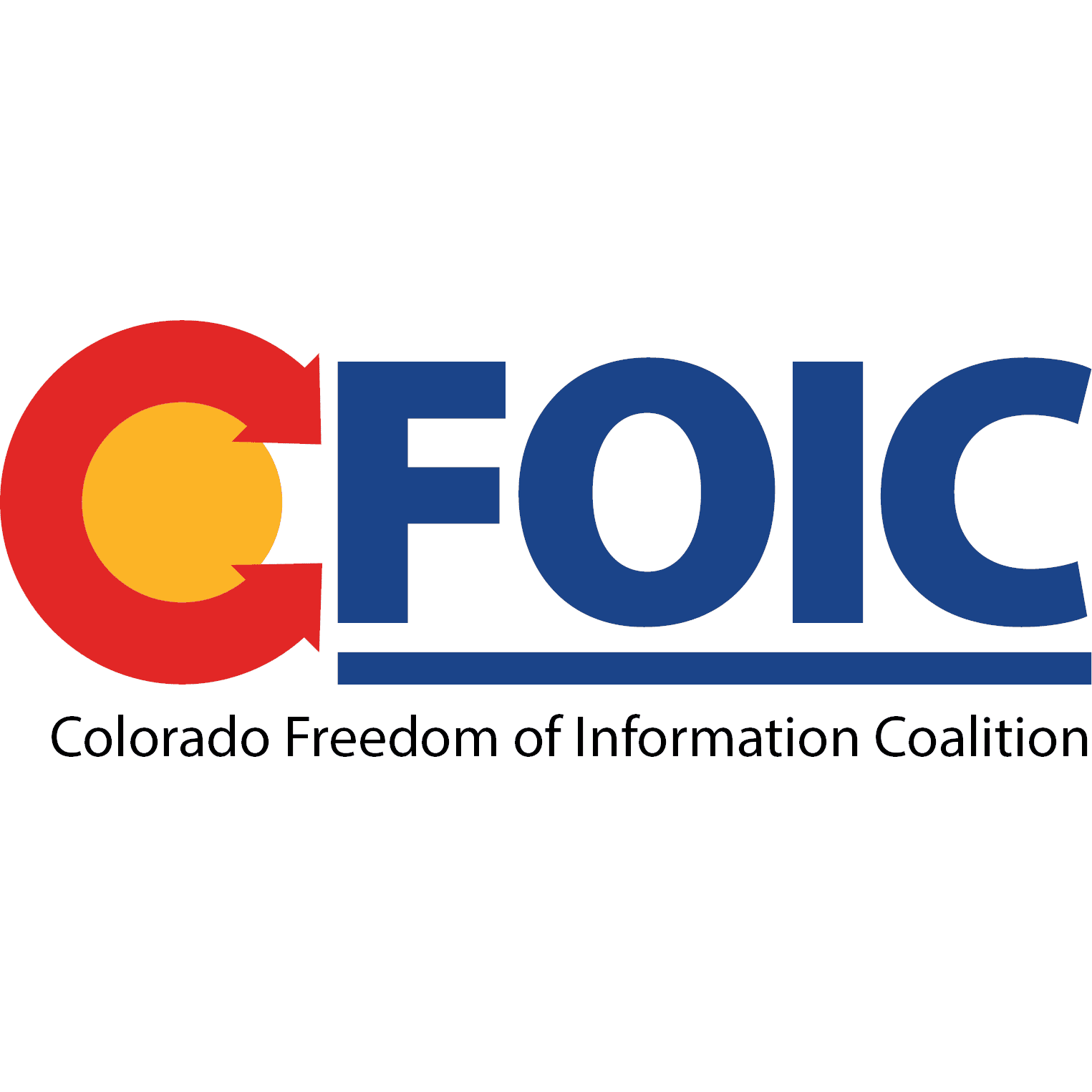A case before the Colorado Court of Appeals will determine whether a state agency wrongfully denied two news organizations’ requests for aggregate statistics about child-abuse hotline calls made from licensed residential care facilities.
Last fall, Denver District Court Judge Darryl Shockley dismissed a lawsuit brought by 9NEWS and The Colorado Sun against the Colorado Department of Human Services (DHS), finding that releasing the numbers could violate a confidentiality provision in the Colorado Children’s Code.
Because the street addresses of the facilities are publicly known, Shockley said, it might be possible — “put together with other information” — to identify a specific caller from a facility. The Children’s Code prohibits the public disclosure of “reports of child abuse or neglect and the name and address of any child, family, or informant or any other identifying information contained in such reports.”
But an appellate brief filed recently by attorney Steve Zansberg on behalf of the news organizations challenges the judge’s conclusion. The court granted DHS’ motion to dismiss, he wrote, without a showing that someone could plausibly link the number of phone calls originating from the facilities to the identity of anyone associated with those calls.
“Merely disclosing the number of phone calls, placed over a three-year period, to the child abuse hotline from a facility that housed hundreds of anonymous children and was staffed by hundreds of anonymous staff members, cannot possibly ‘identify’ (e.g., reveal the name of) any ‘child, family, or informant’ who was involved in any of those calls,” Zansberg’s brief contends. “This is so because knowing only which multi-resident facility was the source of a phone call … does not provide any insight whatsoever into who placed the call or which person(s) at the facility any call concerned.”

